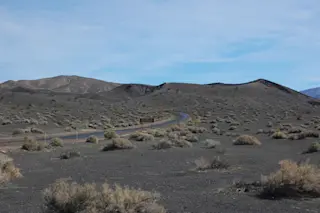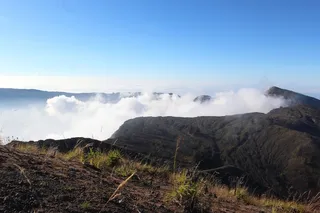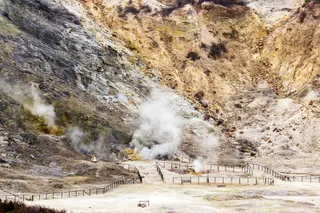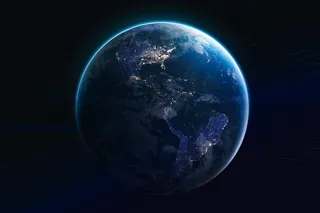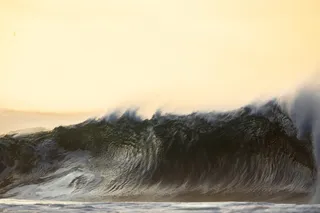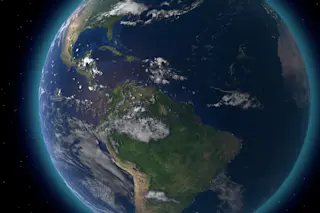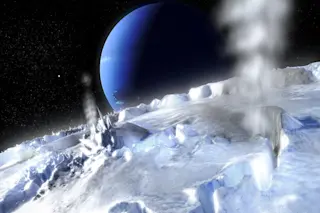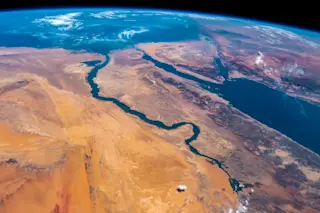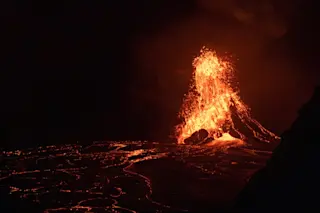Making the rounds today is news about new ages for Ubehebe Crater in the northern end of Death Valley. The small crater is part of a cluster of scoria cones and tuff cones that are mainly basaltic to basaltic andesite in composition - not a big candidate for an explosive eruption. However, the eruptive products from Ubehebe Crater are explosive - it is literally a "hole in the ground" with related tephra (called a "maar"). Typically when you get explosive eruptions from basalt or basaltic andesite volcanoes, you need to get water involved. That is what we have seen in Iceland over the last few years where eruptions that might not have been as explosive elsewhere are helped along by the presence of meltwater from glaciers and snow. However, if we think about Ubehebe Crater, it is in Death Valley, one of the driest locations in North America. So, from ...
Ubehebe Crater: Possibly Younger but No Imminent Danger of an Eruption
Explore Ubehebe Crater's explosive eruptions and the new theories on water's role in Death Valley volcanic activity.
More on Discover
Stay Curious
SubscribeTo The Magazine
Save up to 40% off the cover price when you subscribe to Discover magazine.
Subscribe

